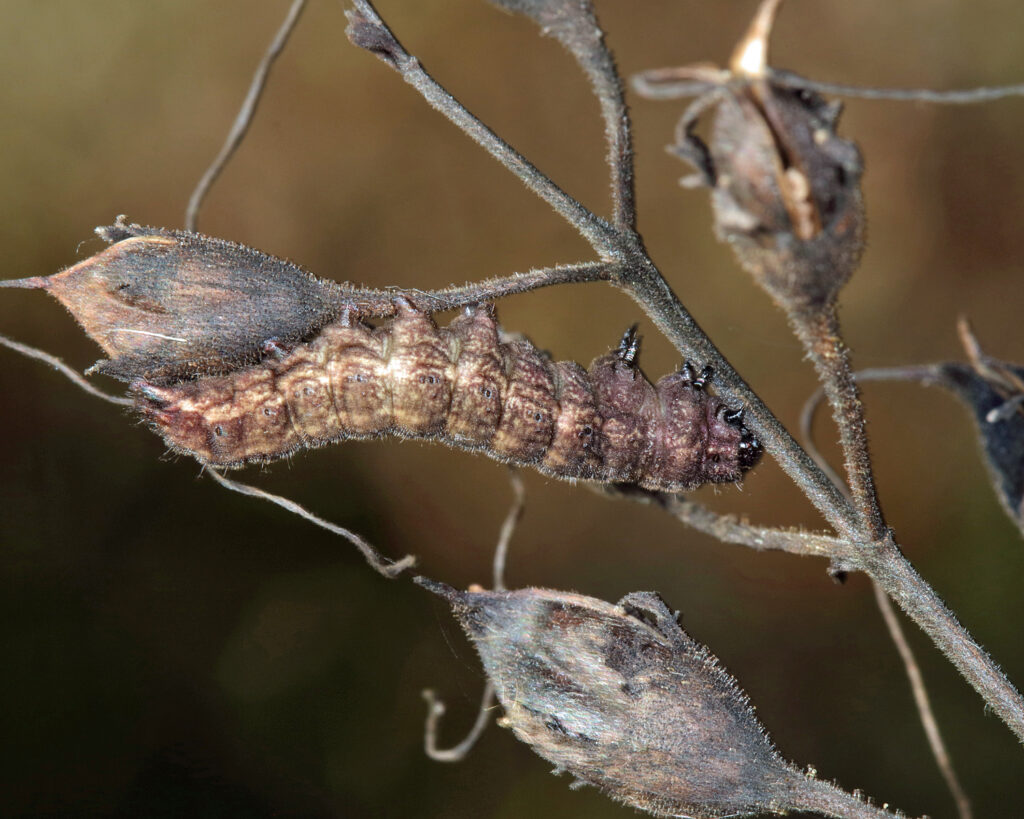
We often cannot talk about our interesting insect species without talking about the plants that they need to survive and reproduce. Stories of the Monarch and Milkweed come to mind but many species of moths and butterflies rely on a host plant or plants to carry out their life cycle. This is the case as well for the orange sallow moth (Pyrrhia aurantiago) which uses two species of false foxgloves (Aureolaria pedicularia and Aureolaria flava) as its host plant.
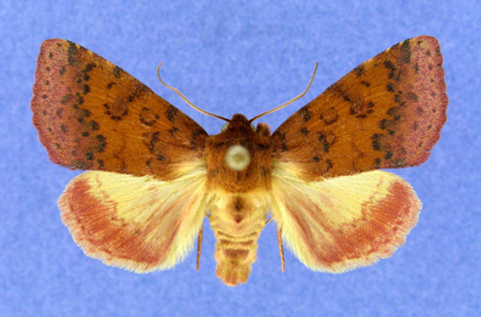
Over the last several years ZNE biologists have been on the lookout for these host plants especially the fern-leaved false foxglove (Aureolaria pedicularia). Beginning as small incidental encounters of the plant at sites where we were already conducting monitoring or conservation efforts of other rare species, the project has grown into seasonal autumn surveys looking specifically for the moths and host plants. We have documented 15 patches of fern-leaved false foxgloves across sites including two in NH. Some are only small patches with few plants and likely not sizable enough to host the moths while others are large with upwards of 100 plants.
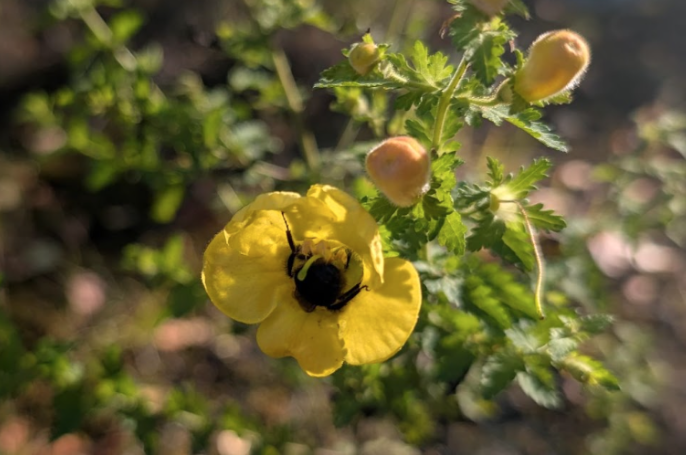
Orange Sallow Moth caterpillars have been observed at five of these sites, however some of these observations are just of a single individual or a small number of individuals. Although observing caterpillars is an important way to document the species, they can also be documented by the circular bore holes they leave in the seed pods, which is a unique characteristic that only this species creates while feeding on its specific host plant. Another organization which we collaborate with on several projects, Earthwise Aware (EwA), also conducts extensive phenological monitoring at the Middlesex Fells and Horn Pond has documented the species over a number of years at these sites as well. The species is listed as a special concern species for MA and is threatened and in decline through much of its range across the Eastern United States. Each of these observations provides states with important data on the species current population and identifies areas that could implement habitat management to improve the habitat or maintain it for the species.
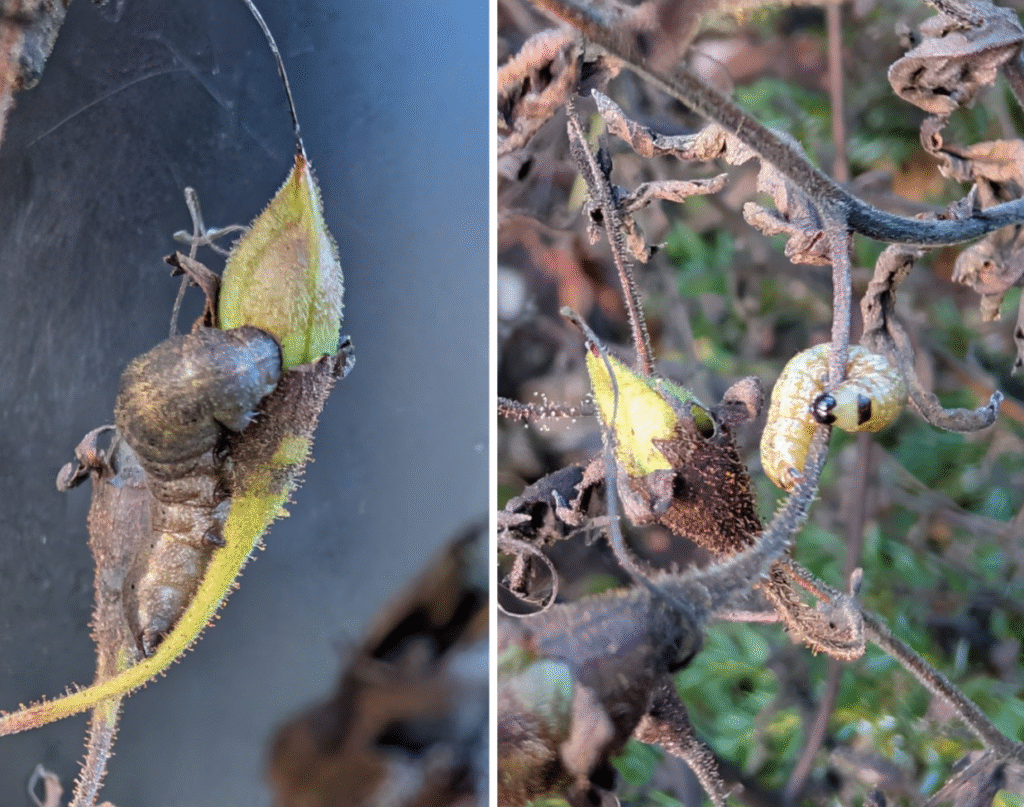
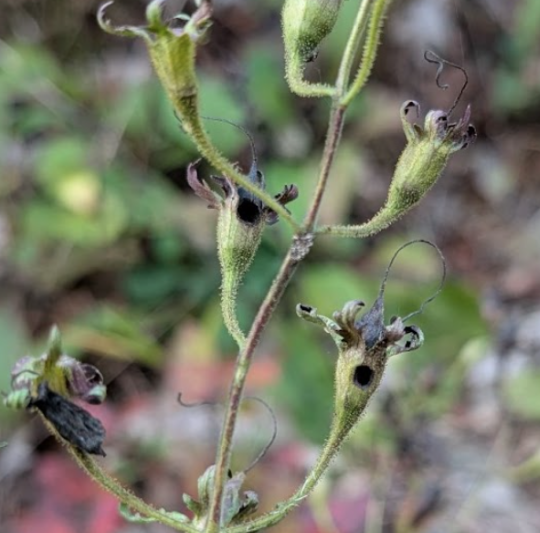
In a previous blog post we discussed our attempts to not only monitor but improve habitat by attempting to create new patches of fern-leaved false foxglove through seed collection and spreading in new locations (since the plant is an annual and cannot be propagated). We attempted to create new patches at two sites in Northeastern MA and at one site were successful at creating several new patches of this host plant. We plan to document the patch in the coming years to see if the moths eventually use the location as a new site for reproduction. We are hopefully to use this method to create more new patches in the future to increase the potential host plant sites for the moth in the region. We also launched an inaturalist project to help identify new patches of these host plants that already exist while engaging local communities to learn about more obscure rare species like the orange sallow moth.
